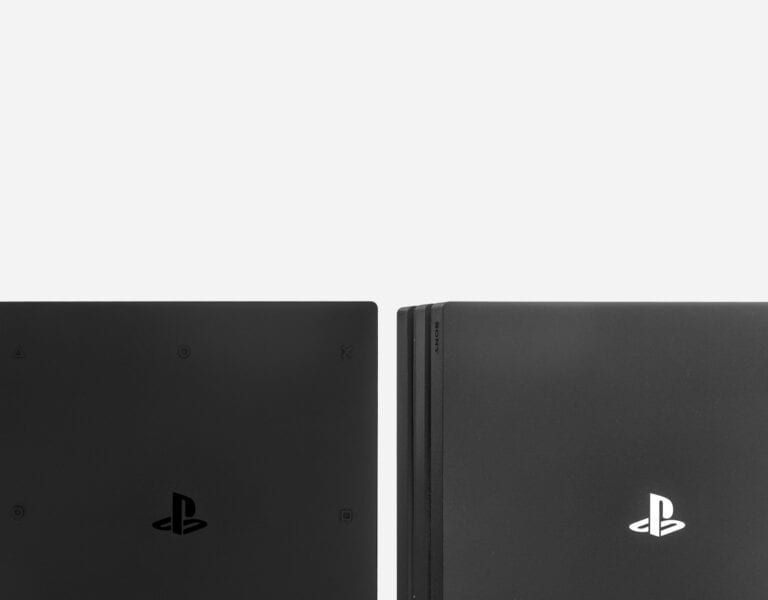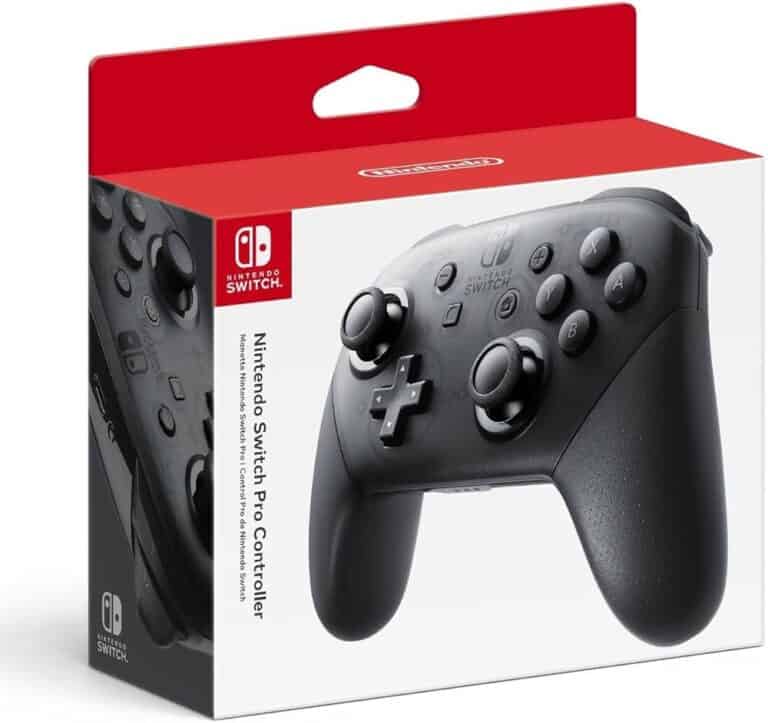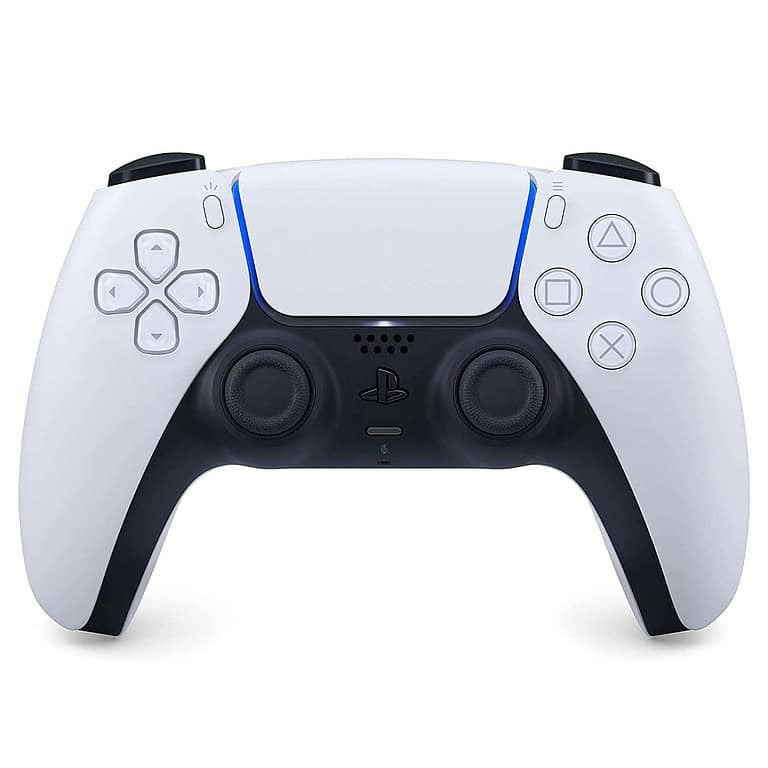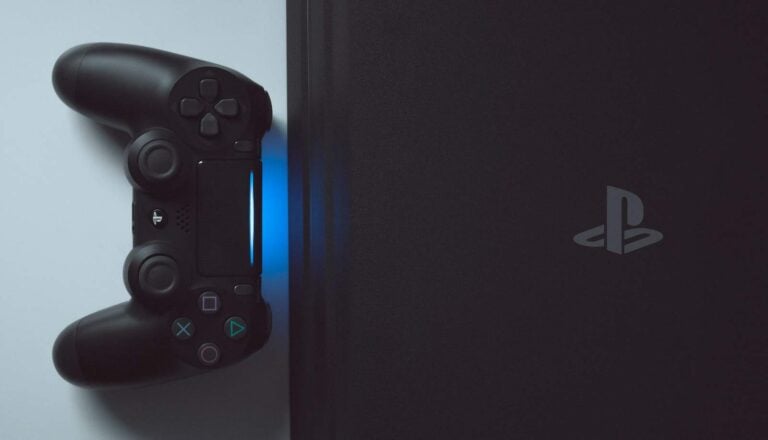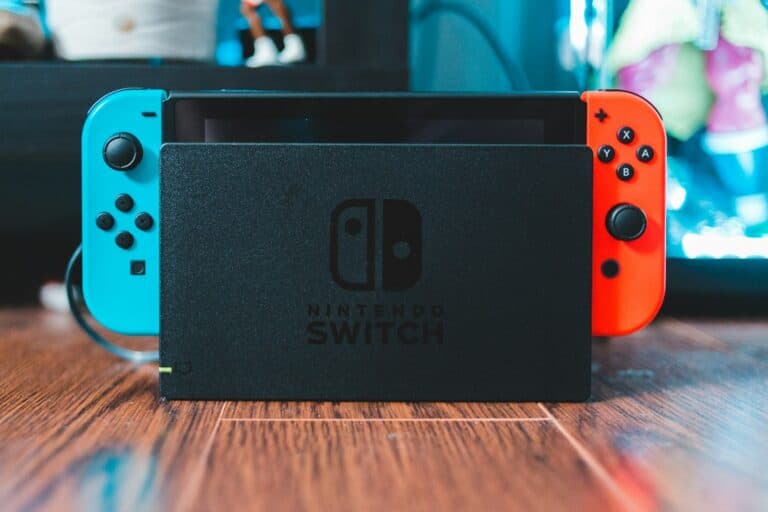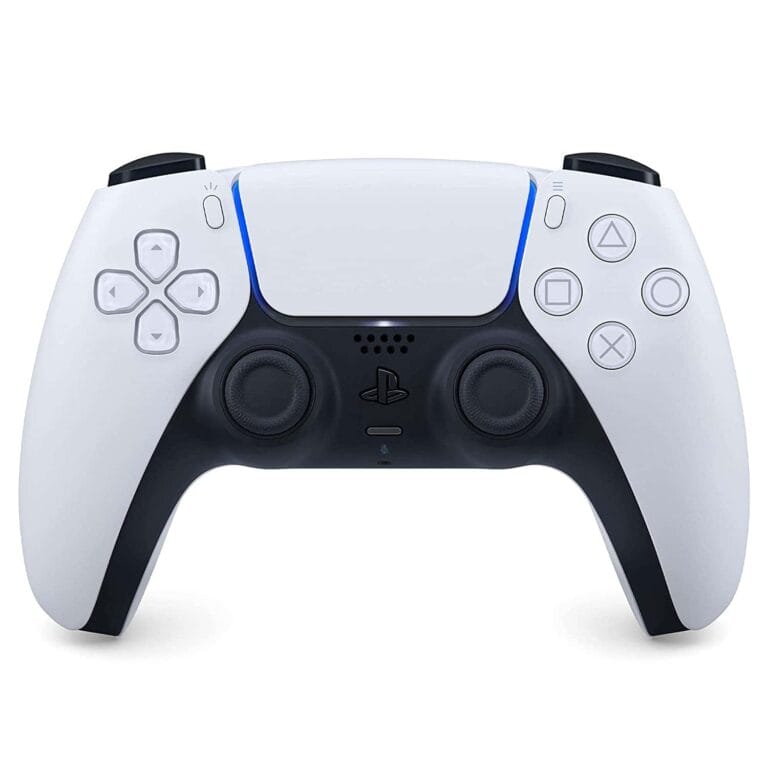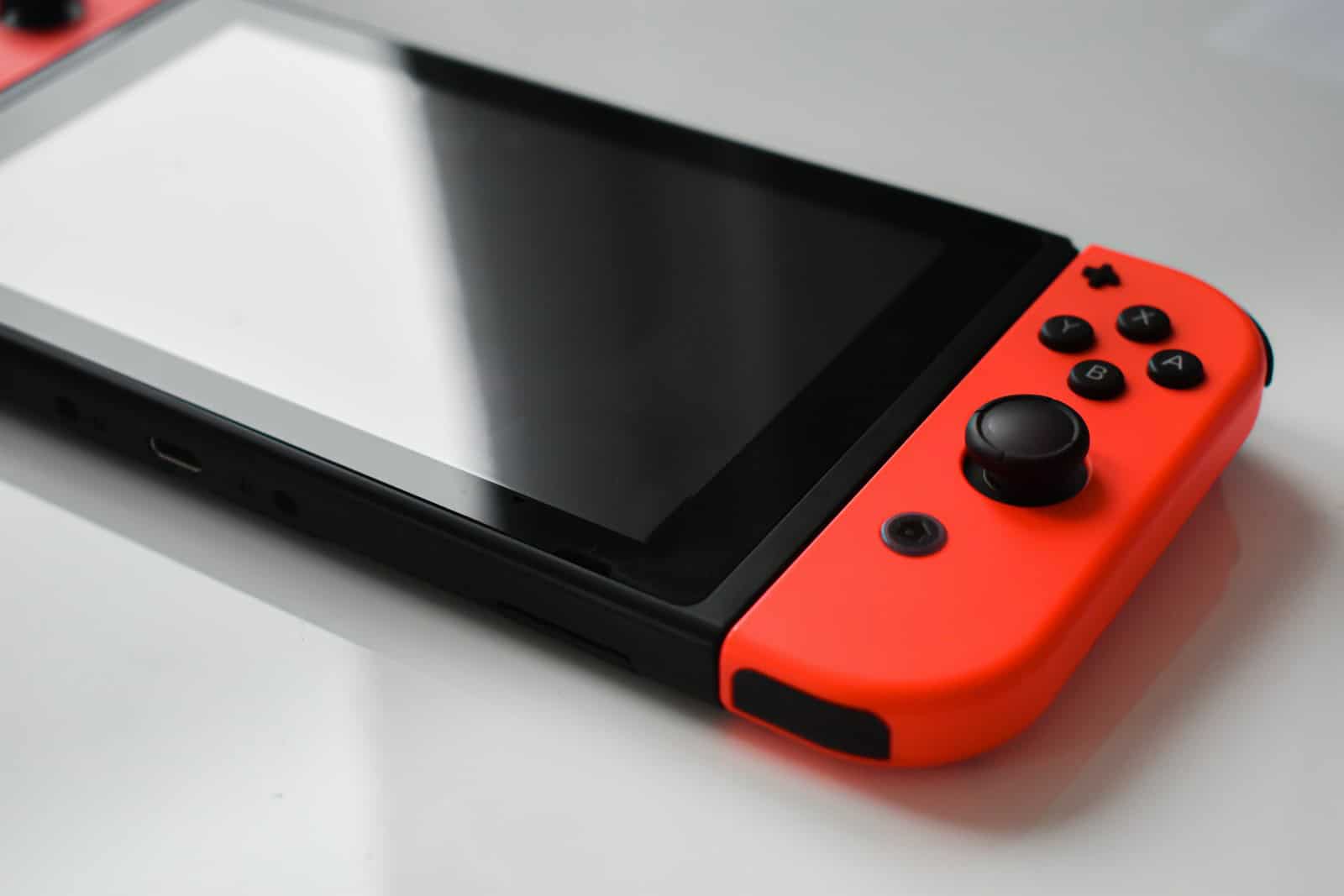
The Nintendo Switch has become a juggernaut in the gaming world since its debut in March 2017, redefining how and where we play. With over 150 million units sold globally, it’s one of the best-selling consoles of all time. But with the upcoming launch of the Switch 2 officially slated for June 5, 2025, many gamers are asking the same question: how much longer will the current Nintendo Switch remain relevant?
Hardware Longevity: Built to Last
From a hardware standpoint, the Nintendo Switch has proven to be remarkably resilient. Many of the earliest launch units from 2017 are still fully functional today, especially if owners have taken care to avoid overheating, battery degradation, or common issues like Joy-Con drift. On average, a well-maintained Switch system can last 6 to 10 years before encountering serious performance issues, putting it on par or even above the lifespan of previous Nintendo consoles.
However, wear and tear is inevitable. Lithium-ion batteries typically start to degrade after about 500 charge cycles. That means if you’re a heavy user charging daily, you may start to see reduced battery life after 1.5 to 2 years — though battery replacements are available and relatively affordable. Joy-Con drift remains a frustrating hardware flaw for many, though Nintendo has improved newer iterations and offers free repairs in some regions.
Software Support Through 2025 — and Likely Beyond
Nintendo has confirmed that official support for the Switch platform will continue through at least March 2025, which means regular software updates, digital storefront access, and continued availability of new game titles. Key releases like Metroid Prime 4: Beyond and Pokémon Legends: Z-A are still coming to the current Switch, ensuring that owners will have meaningful experiences well into next year.
What makes this significant is that no previous Nintendo console has lasted this long without a replacement. As of early 2025, the Switch surpassed the original NES’s record for the longest continuous lifecycle of a Nintendo system without being fully succeeded.
The Switch 2 and Backward Compatibility
The good news for current Switch owners is that the upcoming Switch 2 is expected to be backward compatible. This means your library of physical and digital Switch games should still be playable on the next-gen system. Nintendo is also rumored to be introducing “virtual game cards,” which could allow digital game sharing or easier transitions between devices — a move that would soften the blow of generational change.
Even after the Switch 2 launches, Nintendo’s past behavior suggests that the company will not abruptly abandon its older hardware. For example, the 3DS received support years after the Switch launched in 2017. We’re likely to see a similar slow fade — with cross-generational game support, eShop availability, and online functionality continuing for the base Switch through 2026 or even 2027.
Should You Still Buy a Switch in 2025?
If you’re considering buying a Switch now — whether it’s the base model, Switch OLED, or Switch Lite — it still makes sense depending on your needs. The current library is vast, affordable, and full of timeless Nintendo experiences. For families, younger gamers, and those not yet sold on whatever premium features the Switch 2 will offer, the original model is far from obsolete.
That said, as we move through 2025, you can expect more limited new hardware production and fewer fresh game announcements specifically for the original Switch. Nintendo is clearly transitioning — but it’s doing so slowly, and with one eye firmly on maintaining its massive user base.
So how much longer will your Nintendo Switch last? If you take care of it, your hardware should hold strong for another few years. And with Nintendo’s continued software support and plans for backward compatibility, the Switch ecosystem is still very much alive — even as we prepare for what’s next.
Key Takeaways
- Your Nintendo Switch can last 6-10 years with proper maintenance and care before hardware issues might appear.
- The Switch will be officially supported until at least March 2025, making it Nintendo’s longest-supported console to date.
- Regular system updates and a strong lineup of upcoming game releases continue to extend the Switch’s practical lifespan for gamers.
Understanding Console Lifespan
The lifespan of a gaming console reflects both manufacturer strategy and market evolution. Console lifecycles typically follow predictable patterns, though the Nintendo Switch has broken several traditional norms in the gaming industry.
Factors Influencing Lifespan
Hardware capabilities play a crucial role in determining how long a console remains relevant. When technology advances significantly, older systems naturally become obsolete. The Switch’s unique hybrid design has helped extend its market viability despite modest technical specifications.
Economic considerations also heavily influence console lifecycles. Nintendo aims to maximize return on investment for both hardware development and software sales. This balancing act determines when to introduce a successor.
Game library strength directly impacts longevity. The Switch’s impressive catalog of first-party titles and indie games has maintained consumer interest years into its lifecycle.
Battery lifespan is another consideration for portable systems like the Switch. The internal battery characteristically reduces over time through charge/discharge cycles, affecting the console’s practical usability.
Comparison to Previous Nintendo Consoles
The Nintendo Switch has officially become the longest-lasting Nintendo console without a replacement. Traditional Nintendo hardware cycles typically lasted 4-5 years, with 6 years being the previous maximum.
The NES (Famicom in Japan) held the previous longevity record at around 7 years before the Switch surpassed it in July 2023 at 7 years and 130 days. The Switch could potentially reach over 2,920 days before replacement if its successor launches after March 2025.
The Wii, despite its massive commercial success with over 100 million units sold, had a standard lifecycle of approximately 6 years. This demonstrates Nintendo’s shift in strategy with the Switch, focusing on extending its viable market presence rather than rushing a replacement.
Nintendo Switch vs. Competing Consoles
When comparing the Switch to competitors, its lifespan stands out dramatically. While Sony and Microsoft typically maintain 6-7 year cycles, they often release mid-generation upgrades like the PS4 Pro or Xbox One X. Nintendo has only released minor Switch revisions (OLED and Lite models).
The PlayStation 2 remains the gold standard for console longevity across all manufacturers, maintaining production for nearly 13 years and selling over 155 million units. The Switch’s 7+ years is impressive but still falls short of this record.
Unlike competitors who prioritize cutting-edge hardware, Nintendo focuses on innovative gameplay experiences. This strategy has allowed the Switch to remain relevant despite technological limitations. Nintendo also practices overlapping console generations, suggesting you’ll still see new Switch software even after its successor launches.
The Nintendo Switch Success Story
The Nintendo Switch has become one of the most successful gaming consoles in history, breaking records and setting new standards in the gaming industry. Its unique hybrid design and strong game library have driven extraordinary market performance since its 2017 launch.
Market Impact
The Nintendo Switch has transformed the gaming landscape with its innovative hybrid design. This versatility allowed you to play both at home and on the go, appealing to a wide audience. The console’s impact grew dramatically during the pandemic when Animal Crossing: New Horizons became a cultural phenomenon.
What makes the Switch special is its longevity. It has now broken a 34-year-old record for the longest a Nintendo console has gone without a successor. This remarkable achievement demonstrates Nintendo’s commitment to supporting platforms longer than industry norms.
The Switch also revitalized Nintendo’s position against competitors like PlayStation and Xbox by focusing on unique gameplay rather than cutting-edge graphics.
Sales Milestones
The Nintendo Switch has achieved impressive sales numbers throughout its lifespan:
- Over 139 million units sold worldwide as of March 2025
- Surpassed the Wii (101.63 million) and the Game Boy (118.69 million)
- Now Nintendo’s second best-selling console behind only the DS
Game sales have been equally impressive, with The Legend of Zelda: Breath of the Wild and other first-party titles each selling over 10 million copies. The console has maintained strong sales momentum even in its seventh year, challenging the traditional console lifecycle model.
What’s particularly noteworthy is how the Switch maintained momentum through strategic game releases and special edition consoles tied to major franchises. This approach helped Nintendo maintain steady sales even as the console ages.
Technical Evolution and Improvements
The Nintendo Switch has undergone significant technical advancements since its 2017 launch. These improvements have helped extend the console’s lifespan while maintaining its competitive edge in the gaming market.
Hardware and Software Updates
Nintendo has released several hardware revisions to improve the Switch experience. The 2019 update featured better battery life, extending playtime from 2.5-6.5 hours to 4.5-9 hours. This addressed one of the original model’s main criticisms.
The Nintendo Switch OLED model introduced a larger, higher-quality screen, enhanced audio, and an improved kickstand. These upgrades enhanced the handheld experience without changing the core processing power.
On the software side, Nintendo regularly pushes system updates to add features and improve stability. You’ve received quality-of-life improvements like Bluetooth audio support, themes, and expanded controller compatibility.
Third-party accessories have flourished, offering battery cases, ergonomic grips, and protective solutions to extend your Switch’s physical lifespan.
Comparative Analysis with Other Platforms
When compared to competitors like the Steam Deck, the Switch offers less raw power but delivers greater battery efficiency and a more polished user experience. The Switch’s estimated 6-10 year lifespan with proper care exceeds many comparable devices.
Unlike PlayStation or Xbox platforms that push graphical boundaries, Nintendo prioritizes innovative gameplay over technical specifications. This approach has helped the Switch remain relevant even as it becomes Nintendo’s longest-running console without a replacement.
You’ll find that while other platforms might offer more processing power, the Switch’s hybrid nature and Nintendo’s software optimization provide a balanced experience that continues to attract developers and players alike.
Forecasting the Nintendo Switch Lifecycle
Nintendo’s iconic handheld console continues to show impressive staying power in the gaming market. Current data points to specific timelines for the Switch’s remaining commercial lifespan while economic indicators suggest interesting patterns for its final years.
Expert Predictions
Nintendo’s president Shuntaro Furukawa has provided clear insights about the Switch’s future. He recently confirmed that Nintendo will continue developing software for the Switch through March 2025. This official timeline gives you a concrete endpoint to consider if you’re wondering how long your current Switch will remain supported.
Industry analysts have varying opinions on the Switch’s sunset period. Many believe the console could maintain relevance for about two years after its successor launches, which aligns with Nintendo’s historical patterns. Some experts are even more optimistic, suggesting the Switch might enjoy an extended lifecycle due to its massive install base and unique hybrid format.
If you’re concerned about the longevity of your device itself, typical hardware estimates suggest a physical lifespan of 6-10 years with proper care.
Economic Models and Market Trends
Sales projections remain surprisingly strong this late in the console’s life. Nintendo expects to sell 13.5 million Switch units in the fiscal year ending March 2025, an impressive figure for a console approaching its eighth year on the market.
Market trends suggest several factors contributing to this extended lifecycle:
- Evergreen first-party titles that continue selling years after release
- Regular hardware refreshes (OLED model, Lite version)
- Strong third-party support maintaining software momentum
The gaming industry has shifted toward longer console generations overall, with the Switch benefiting from this trend. While most consoles historically peaked around year 5-6, the Switch has maintained stronger sales through years 6-7 than many predecessors.
You can expect the rumored “Nintendo Switch 2” to eventually replace the current model, but economic indicators suggest a smoother transition rather than an immediate drop-off in support for the original platform.
Consumer Engagement and Community
Nintendo Switch has created a vibrant ecosystem where players connect and interact with both the platform and each other. The company’s approach to building communities has been central to the console’s lasting appeal beyond just its game library.
Online Services and Features
Nintendo Switch Online launched in September 2018, offering subscribers multiplayer capabilities, cloud saves, and a growing library of NES and SNES classics. For $19.99 annually (individual plan), the service provides essential functionality for modern gaming experiences.
The Nintendo Switch Online app complements the experience by enabling voice chat for compatible games like Splatoon 2 and Mario Kart 8 Deluxe. While initially criticized for being more limited than competitors’ offerings, the service has evolved over time to include more features.
Special events like the Super Mario Bros. 35 battle royale have provided unique limited-time experiences exclusively for subscribers. The Expansion Pack tier added in 2021 brought N64 and Sega Genesis games to the platform, broadening the retro offering.
Fan Base and Player Communities
The Switch has fostered incredibly dedicated community groups across various platforms. Reddit communities like r/NintendoSwitch have millions of active members discussing games, sharing tips, and organizing online meetups.
Nintendo’s approach to community building extends beyond digital spaces. Events like Nintendo World Championships and regional tournaments for games like Super Smash Bros. Ultimate and Splatoon create in-person connections among fans.
The company actively supports charitable initiatives including the Play for All program, which brings gaming to children’s hospitals. Their participation in events like the National Ovarian Cancer Coalition’s Walk helps raise funds for important causes while building goodwill with their community.
Social media campaigns featuring hashtags like #AnimalCrossing and #NintendoSwitch encourage you to share your gaming moments, creating an ongoing dialogue between players worldwide.
The Role of Game Releases in Longevity
The Nintendo Switch’s impressive lifespan relies heavily on its robust game library, with both first-party blockbusters and indie titles contributing to the console’s lasting appeal.
Impact of Major Titles
The Switch’s longevity has been significantly boosted by Nintendo’s strategic release of major franchise titles. The Legend of Zelda: Breath of the Wild launched alongside the console in 2017, immediately establishing the Switch as a must-have gaming device. This was followed by other system-selling titles like Tears of the Kingdom in 2023.
During global lockdowns, Animal Crossing: New Horizons became a cultural phenomenon, selling over 42 million copies and bringing many new users to the platform. The timing of this release extended the Switch’s relevance during a critical period.
Nintendo’s careful spacing of major releases has maintained consumer interest throughout the console’s life cycle. Each major title has created new reasons for consumers to purchase the system, even as it approaches seven years on the market.
Indie Games and the Nintendo Switch
The Switch has become an indie game powerhouse, with smaller titles significantly contributing to the console’s enduring appeal. The platform’s hybrid nature makes it perfect for indie games that benefit from both portable and docked play.
Nintendo actively courts indie developers through its “Nindies” program, ensuring a steady stream of diverse gaming experiences. Popular indie titles like Hades, Hollow Knight, and Stardew Valley have found massive success on the platform.
Unlike major releases that spike sales temporarily, indie games provide a consistent flow of new content between AAA releases. This regular influx of games keeps your Switch relevant even during gaps between Nintendo’s major first-party titles.
The eShop’s accessibility for smaller developers has created one of the most diverse gaming libraries available, ensuring you’ll always find something new to play regardless of how long you’ve owned your Switch.
Innovation and Future Directions
As the Nintendo Switch approaches its six-year milestone, Nintendo faces important decisions about evolving their platform while maintaining the unique gaming experience players love. The future may bring hardware advancements and expanded ecosystem integration.
Rumors and Speculations on New Models
The much-anticipated Nintendo Switch 2 has generated significant buzz in gaming communities. Industry analysts predict it will likely feature enhanced processing power, improved battery life, and a higher resolution display. These upgrades would address some of the current model’s technical limitations.
Reports suggest the new model might support 4K output when docked, bringing Nintendo’s visual fidelity closer to competitors. The Switch 2 may also incorporate upgraded Joy-Cons with better durability to address the drift issues that plagued the original controllers.
Storage capacity will likely increase beyond the current 32GB limitation, possibly including expandable options beyond microSD cards. Nintendo might also improve the online experience with more robust network infrastructure for smoother multiplayer gameplay.
Potential for Cross-Platform Integration
Nintendo’s approach to cross-platform integration has historically been conservative, but the Switch’s hybrid nature opens new possibilities. You might see expanded mobile device integration beyond the current smartphone app, allowing for seamless gameplay continuation across devices.
The company could strengthen its Nintendo Account system to better track your progress and purchases across multiple platforms. This would create a more unified ecosystem similar to what competitors offer.
Cloud gaming integration represents another frontier. While Nintendo has experimented with cloud versions of demanding titles like Control and Hitman 3, a more comprehensive cloud solution could extend the Switch’s capabilities without requiring hardware upgrades.
Cross-save functionality with PC versions of games might become standardized rather than the exception. This would let you maintain progress regardless of where you choose to play, acknowledging the multi-device reality of modern gaming.
Frequently Asked Questions
Nintendo Switch owners have many questions about their console’s lifespan. These answers provide practical information on longevity, battery performance, and ways to maintain your system for years of enjoyment.
What is the average duration of functionality for a Nintendo Switch console?
The typical Nintendo Switch can last between 5-9 years with proper care. Nintendo consoles normally last 5 years, but many experts believe the Switch may exceed this.
Some analysts project the Switch might remain functional until 2026, which would give it an impressive nine-year lifespan. This extended duration would likely require hardware revisions along the way.
Your individual usage patterns and care will significantly impact how long your specific console lasts.
How does the battery life of the Nintendo Switch compare to the Nintendo Switch Lite version?
The standard Nintendo Switch offers approximately 4.5-9 hours of battery life per charge. This varies based on which games you play and your brightness settings.
For example, playing The Legend of Zelda will provide about 5.5 hours of gameplay on a single charge. The Switch Lite generally offers similar battery performance to the standard model.
Battery degradation occurs in both models over time, with capacity typically reducing after 800-1000 charge cycles.
What are the expected longevity improvements with the introduction of the Nintendo Switch OLED model?
The Nintendo Switch OLED model features several durability improvements over earlier versions. Its improved build quality and more robust materials may contribute to a longer physical lifespan.
The OLED screen is more energy-efficient than the LCD screens in other models, potentially reducing battery strain. However, OLED screens can experience burn-in with static images displayed for extended periods.
The upgraded dock includes better ventilation, which helps prevent overheating—a common factor in reducing electronic device lifespans.
Can the lifespan of a Nintendo Switch be extended through maintenance or other methods?
Regular cleaning of your Switch can prevent dust buildup that may cause overheating. Use compressed air to clean ports and vents without damaging internal components.
Proper storage in a case when not in use protects against physical damage and dust. Avoid exposing your Switch to extreme temperatures, which can damage the battery and other components.
Installing a screen protector helps prevent scratches that could eventually lead to screen failure. Using official Nintendo chargers and accessories also prevents potential damage from incompatible power delivery.
Are there any common issues that may reduce the Nintendo Switch’s operational life?
Joy-Con drift is a common problem where the controllers register movement without user input. While this doesn’t directly affect the console’s lifespan, it can impact usability.
Overheating can significantly reduce your Switch’s lifespan. Always use your console in well-ventilated areas and avoid blocking air vents.
Battery degradation is inevitable but can be slowed by avoiding complete discharge and not leaving the console plugged in at 100% charge for extended periods.
What is the projected timeline for the Nintendo Switch remaining actively supported with new games and updates?
Nintendo typically supports their consoles with new first-party games for about 6-7 years. Third-party support often continues even longer for successful platforms like the Switch.
System updates for security and functionality improvements usually extend beyond the active game development period. You can expect these updates to continue even after new game releases slow down.
Based on its launch in 2017 and projected support until 2026, the Switch would have one of the longest support cycles in Nintendo’s history.

